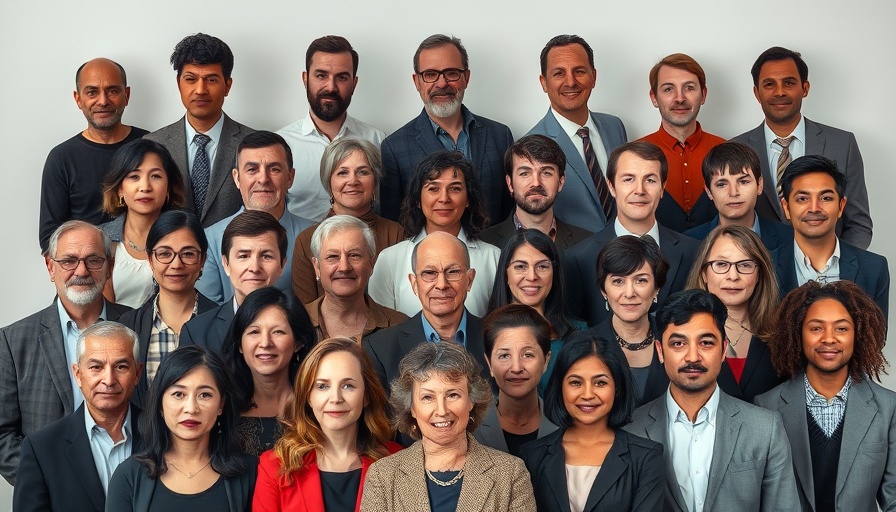
Understanding Distributed Training in PyTorch
Distributed training in PyTorch enables developers to harness the power of multiple GPUs or machines, dramatically speeding up model training. This process divides a single deep learning model’s workload across several devices, enhancing efficiency and effectiveness.
The Power of Data Parallelism
At its core, distributed training employs a technique known as data parallelism. With this method, the training dataset is split into smaller batches, each processed on different GPUs. This simultaneous processing leads to quicker convergence. For instance, while one GPU processes one segment of the data, another works on a different segment, allowing for a more efficient learning process.
Mixed Precision Training: A Game Changer
Mixed precision training is another critical element that exemplifies the advancements in distributed training. By using both 16-bit and 32-bit floating-point numbers, this technique reduces memory usage and increases speed without sacrificing accuracy. As a result, developers can train larger models or achieve faster results, democratizing access to high-performance computing resources.
Practical Applications in Real-World Scenarios
Industries ranging from healthcare to automotive are experiencing the benefits of distributed training. For example, in healthcare, machine learning models trained on vast datasets can help predict patient outcomes more accurately. Similarly, car manufacturers are using these advanced techniques to enhance driving safety through superior autonomous systems.
Concluding Thoughts
Understanding distributed training's intricacies empowers developers to harness its full potential. As more small businesses integrate AI into their operations, mastering these advanced techniques can set them apart in a competitive landscape. Embracing these innovations not only enhances productivity but also fosters innovation—keep pushing the boundaries!
 Add Row
Add Row  Add Element
Add Element 



Write A Comment